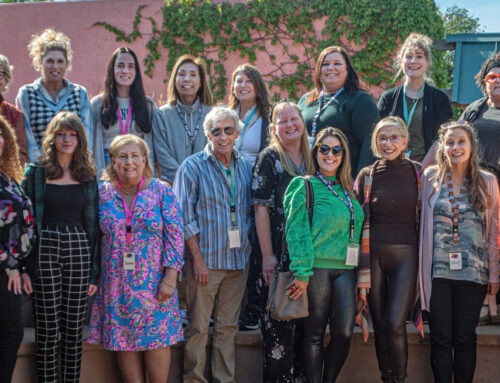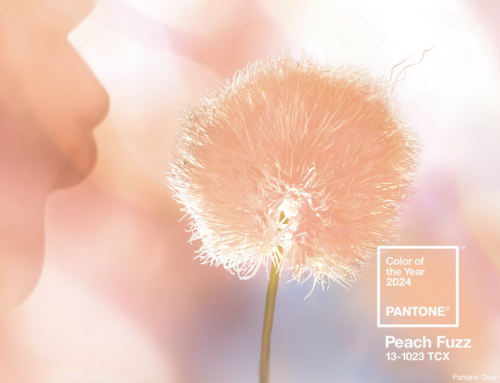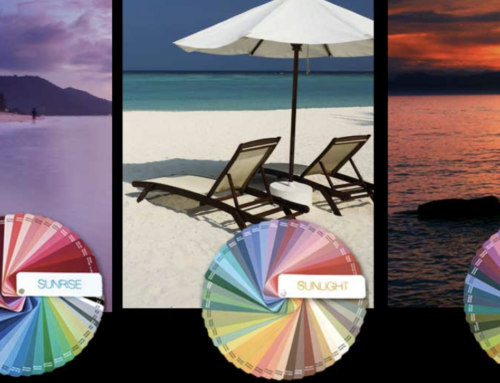When I was researching color indicators and trends for one of my books, Pantone: The 20th Century in Color, I came across the work of an artist named Florine Stettheimer. Color was certainly one of her strengths and passions, as depicted in most of her paintings.

Florine Stettheimer, Family Portrait II, 1933
New York, Museum of Modern Art
Gift of Miss Ettie Stettheimer 1956
© 2014, The Museum of Modern Art, SCALA FLorenz © 2014 Estate of Florine Stettheimer
FLORINE STETTHEIMER
In the chapter titled Modern Pleasures, Florine was highlighted as painting “exhuberant, idiosyncratic depictions of events real and imaginary and that they “radiated pure color.” In the words of her biographer, Parker Tyler: “She was not one for mixing color; what came straight out of the tube seemed to her quite good enough.”

Her canvases depicted the life that Florine lived and understood best, that of New York City from 1916 until the time of her death in 1944. Her studio was located, appropriately enough, in the Beaux Arts Building overlooking Bryant Park. A single lady, she held many salons in her home for modern artists and writers such as Marchel Duchamp, Alfred Steiglitz and Georgia O’Keefe. Having lived and studied in Europe for a time, she was also influenced by early-modernist art forms and colors coming out of Post-Impressionism, Fauvism, and Expressionism.
Her same colorful sense of whimsy was especially prevalent in the 1920’s, not only in art but also prevalent in fashion, fabrics, and ceramics.
Florine Stettheimer’s work can be found in several museum collections housed in Manhattan, notably MOMA and the Metropolitan Museum, while Columbia University owns the largest collection, which is housed in the Avery Library.





